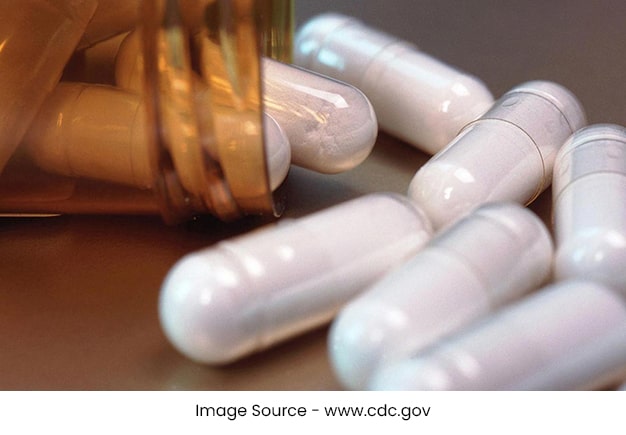The manufacturing of tablets – one of the most important forms of oral solid dosage of drugs- is a complex multi-stage process under which the preliminary materials change their physical characteristics multiple times while producing the final dosage form.
Traditionally, tablets have been made by granulation which is the act or process in which primary powder particles are made to adhere to form larger, multi-particle entities called granules. These typically have a size range between 0.2 mm to 4.0 mm depending on their subsequent use. In other words, the granulation process combines one or more powders and forms a granule that allows a tableting process to be within required limits.
Seeing the process requirements, the role of the operator who performs the tablet press operation becomes significant during this manufacturing process.
An experienced tablet press operator is the one who can take a marginal granulation and make it work successfully. He has the ability to differentiate between a machine-related issue and a granulation-related issue. The three major issues of the product–granulation process are
• Flow is the ability of the granulation to flow like granulated sugar
• Compression is the formation of a tablet within the die, and,
• Ejection is getting the finished tablet out of the die
In pharmaceutical industry, two types of granulation technologies are in use; Wet Granulation and Dry Granulation.
1. Wet Granulation, one of the most common ways to granulate, is the process of adding a liquid solution or fluid to a mix of dry primary powders. The fluid contains a solvent which must be volatile enough so can be removed by drying, and be non-toxic. The liquid solution can be either aqueous based or solvent based. The simplicity of the process largely depends upon the characteristics of the powders, the final objective of tablet making, and the availability of equipment.
2. Dry Granulation process is used to form granules for moisture & heat sensitive products without using a liquid solution. Forming granules without moisture requires compacting the powders under high pressure aggregation.
Numerous processes apart from granulation are involved in making tablets, including particle size reduction and sizing, blending, drying, compaction, and coating. Various factors associated with these processes can seriously affect content uniformity, bioavailability, or stability. For example, granulations may vary within each batch and from batch to batch. It is up to the operator to recognize this and adjust the machine accordingly.
Hence, a successful tablet press run takes place when excellent tablets are produced with minimum downtime and little to no wear to the mechanical components of the press and press tooling. For wide range of selecting Tablet Press Machine and Spares, visit www.PharmaTechnologyIndex.com.
- Implementing Track & Trace in Pharmaceutical Industry - May 21, 2012
- Control what your kid is accessing on the internet, today - August 31, 2011
- Ever wondered how that pill you keep popping is made? Here’s a common technique. - August 31, 2011

